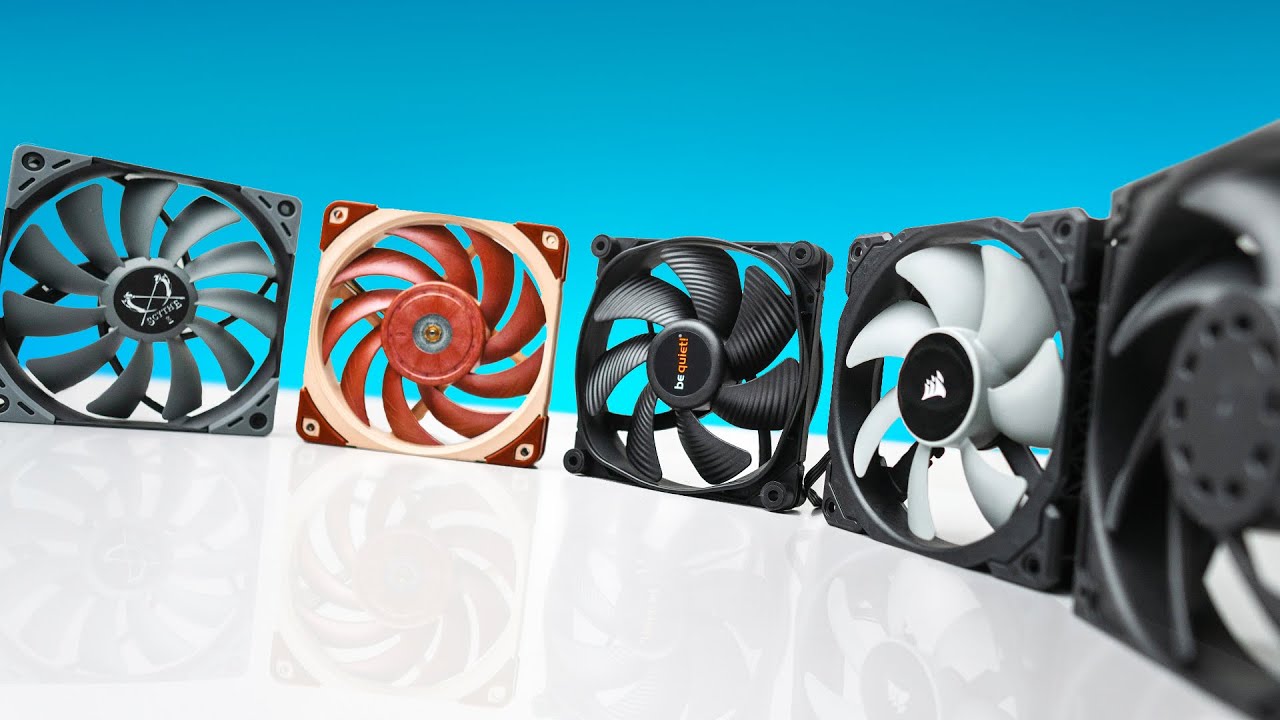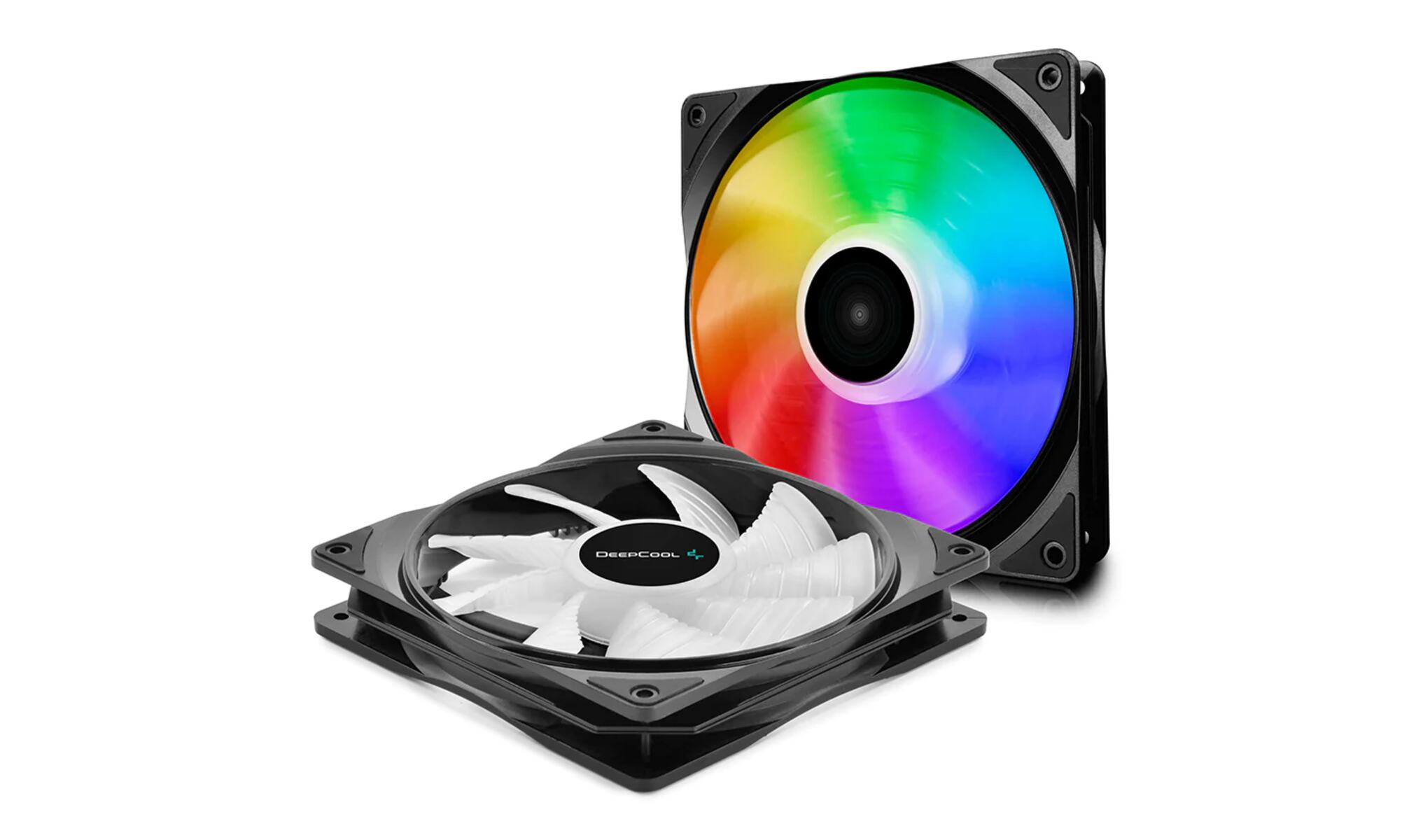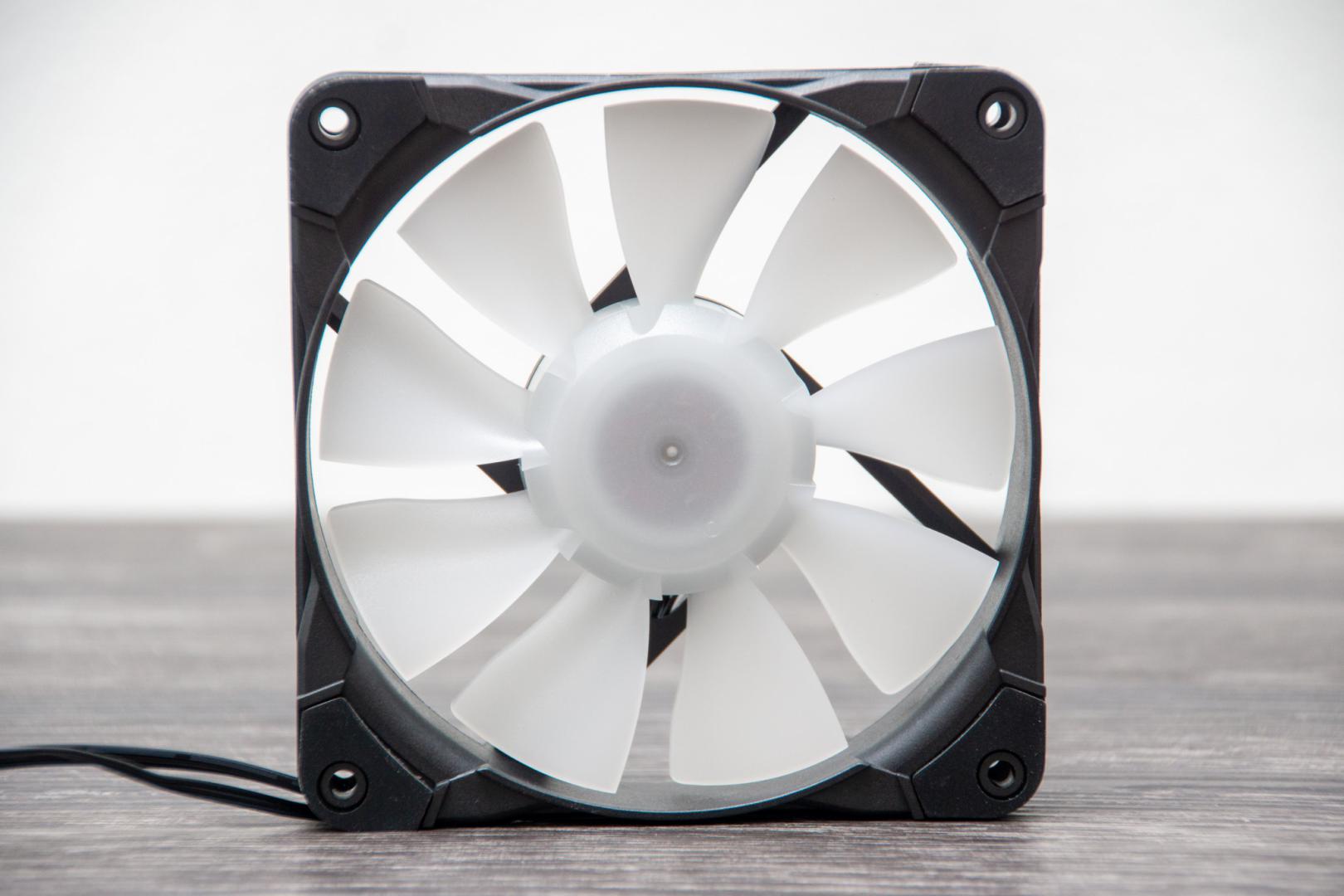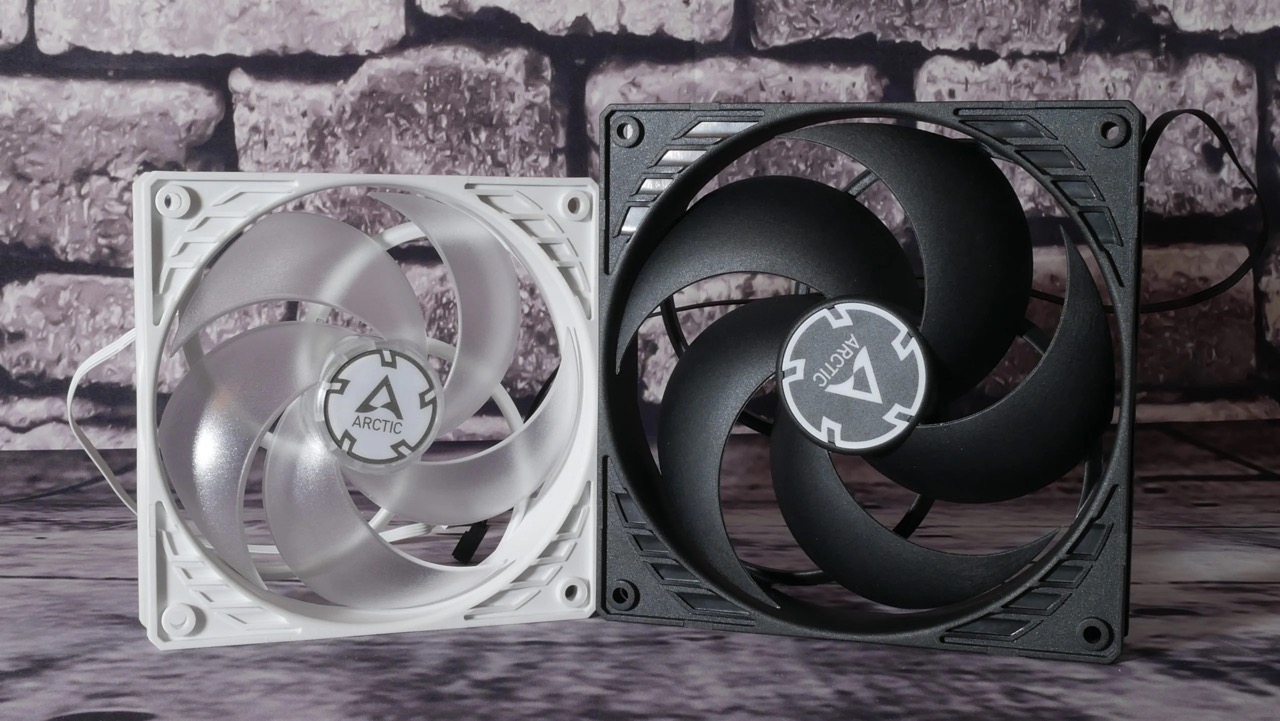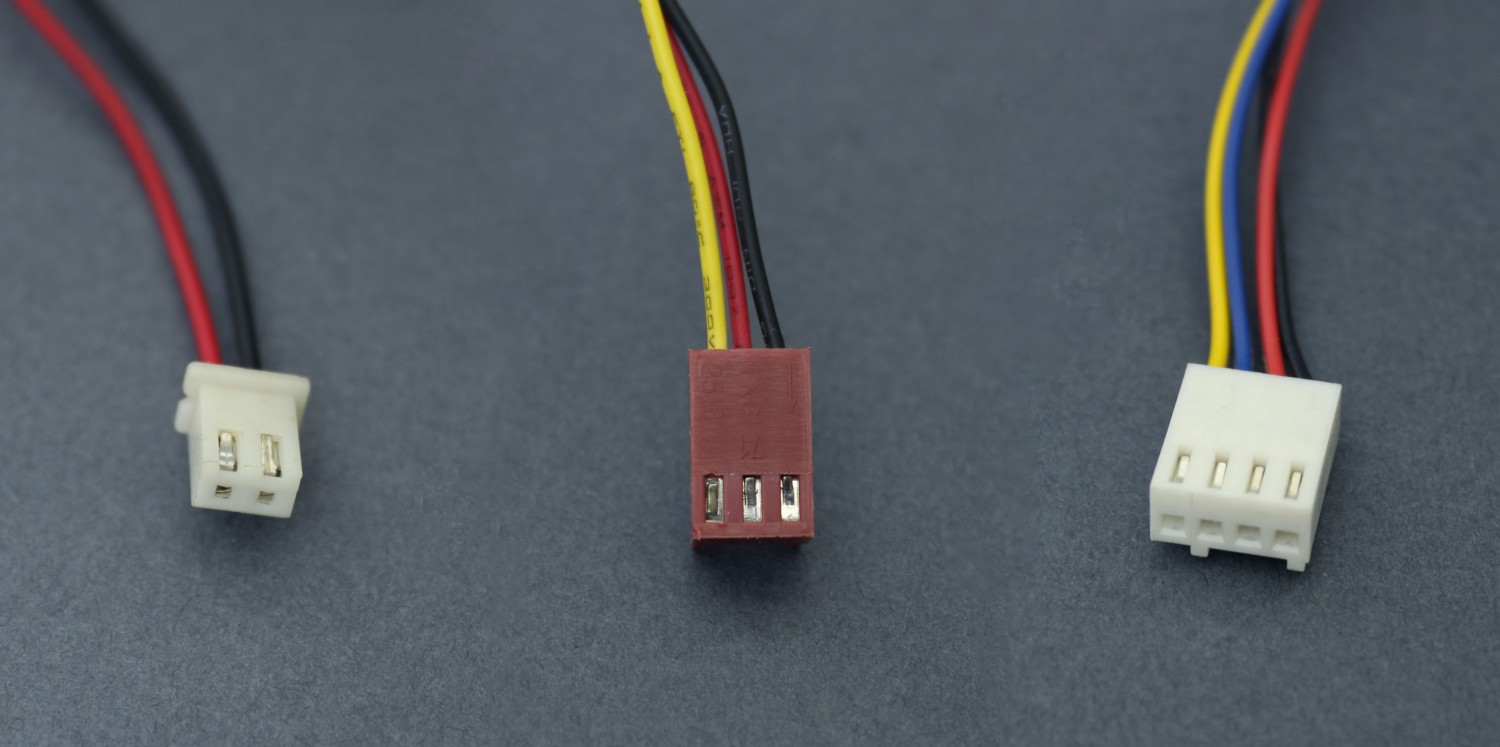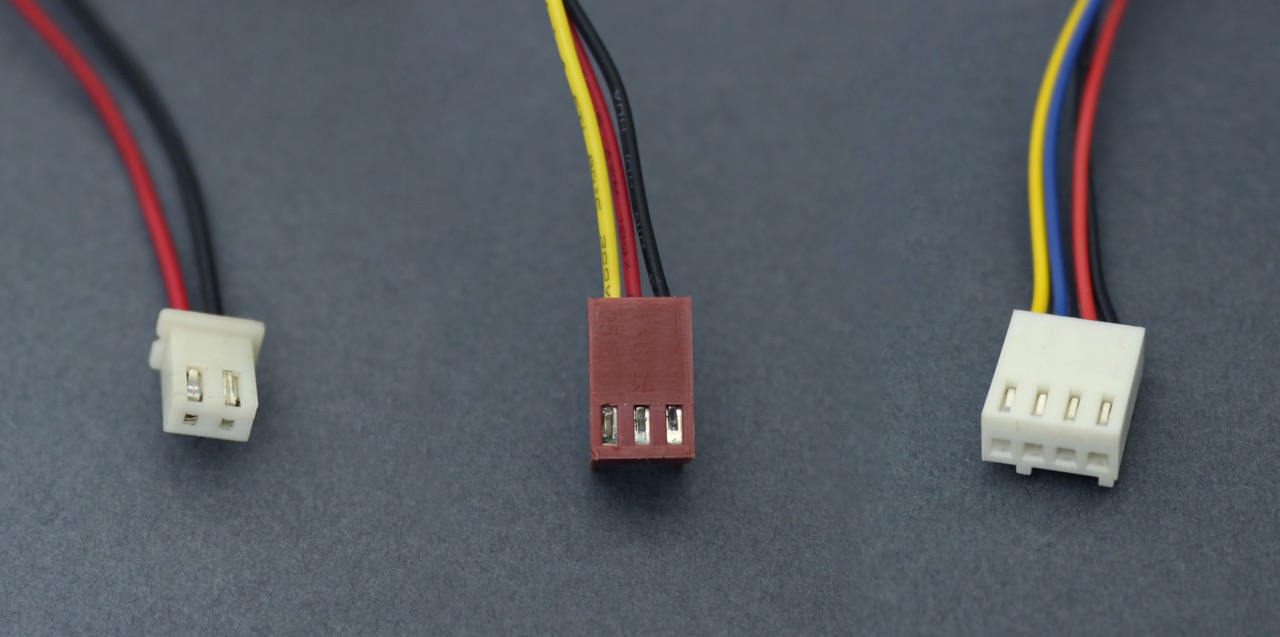Introduction
When it comes to computer cooling, case fans play a crucial role in maintaining optimal temperatures and prolonging the lifespan of your system. The ability to control the speed of these fans is essential for effective cooling. This is where Pulse Width Modulation (PWM) comes into play.
PWM is a technique used to regulate the speed of electronic devices, including case fans, by controlling the width of the electrical pulses supplied to them. By varying the pulse width, PWM can adjust the fan speed dynamically, responding to changes in temperature and system load.
Understanding whether a case fan is PWM-capable is important, as it determines your ability to control and optimize the fan speed according to your specific needs. In this article, we will explore the various ways to determine if a case fan supports PWM functionality.
We will first delve into the concept of PWM, explaining its significance in case cooling. Then, we will discuss the physical indicators that can help identify a PWM fan. Additionally, we will explore how to check the specifications of a fan to determine if it supports PWM. Finally, we will highlight the use of software tools to confirm the PWM capability of a case fan.
By the end of this article, you will have the knowledge and tools necessary to identify a PWM-capable case fan, enabling you to make informed decisions when it comes to optimizing your system’s cooling performance. Let’s dive in and discover how to tell if a case fan is PWM-compatible.
What is PWM?
Pulse Width Modulation (PWM) is a method used to control the speed of electronic devices by manipulating the power supplied to them. In the case of case fans, PWM allows for precise and dynamic control over the fan speed, resulting in more efficient cooling.
PWM works by rapidly cycling the power on and off to the fan, with varying widths of the on time. The width of the on time, or “duty cycle,” determines the effective power delivered to the fan. A higher duty cycle means more power is supplied, resulting in a faster fan speed, while a lower duty cycle reduces the power and slows down the fan.
The advantage of PWM lies in its ability to regulate the fan speed in response to changing conditions. Unlike traditional voltage control methods, which reduce the voltage supplied to the fan and directly affect its speed, PWM allows for finer granularity and more precise adjustments. This makes PWM particularly useful in scenarios where temperature fluctuations occur, such as during heavy gaming or intense computing tasks.
By continuously adjusting the duty cycle based on temperature readings or system load, PWM enables the fan to operate at an optimal speed, ensuring efficient cooling while minimizing noise levels. It allows for a balance between maintaining low temperatures and preserving a peaceful computing environment.
Additionally, PWM fans typically have a wider range of speeds compared to voltage-controlled fans. This flexibility allows for better customization and optimization of the cooling performance to suit specific needs, whether it’s achieving maximum airflow during demanding tasks or maintaining a silent running system when idle.
Now that we understand the concept of PWM and its benefits, let’s explore how to determine if a case fan has PWM capability and how it can be identified physically and through fan specifications.
Importance of PWM in case fans
Pulse Width Modulation (PWM) is a vital feature for case fans, offering several key benefits that contribute to an optimal cooling solution for your computer system. Understanding the importance of PWM will help you make informed decisions when choosing and configuring your case fans.
One of the primary advantages of PWM in case fans is its ability to provide precise control over the fan speed. With PWM, you have the ability to fine-tune the fan’s operation based on the temperature demands of your system. By dynamically adjusting the fan speed, PWM ensures that your components stay cool under heavy loads while minimizing fan noise during idle or low-demand periods.
Proper temperature management is crucial for the longevity and performance of your computer system. Overheating can lead to component failures and reduced efficiency. PWM helps in achieving optimal cooling by allowing the fan speed to be synchronized with the temperature changes within your system. As the temperature rises, PWM increases the fan speed, providing additional cooling capacity. Conversely, during periods of lower temperature, PWM reduces the fan speed, conserving energy and minimizing noise output.
PWM-controlled fans also offer a wider range of speed settings compared to traditional voltage-controlled fans. This flexibility enables you to fine-tune the cooling performance according to your specific requirements. Whether you need maximum airflow for intense gaming sessions or prefer a quieter system during normal usage, PWM allows for precise adjustments to achieve the desired balance between temperature control and noise reduction.
Another advantage of PWM is its compatibility with modern motherboard fan headers. Most motherboards feature dedicated PWM headers designed specifically to power and control PWM fans. These headers provide a reliable and standardized connection for your case fans, ensuring seamless integration with your system’s cooling configuration.
Furthermore, PWM fans are often engineered with advanced bearing technologies and optimized blade designs that enhance their overall efficiency. These features, combined with the ability to adjust the fan speed dynamically, result in improved cooling performance, reduced energy consumption, and prolonged fan lifespan.
In summary, PWM plays a crucial role in case fans by offering precise control over fan speed, synchronized temperature management, customizable cooling performance, compatibility with modern motherboards, and enhanced efficiency. By selecting PWM-capable fans and configuring them appropriately, you can achieve optimal cooling for your computer system, keeping temperatures in check and maintaining a quiet and reliable computing environment.
Physical indicators of a PWM fan
Identifying if a case fan supports Pulse Width Modulation (PWM) can often be determined by examining some physical indicators. While not all fans have explicit markings or labels indicating their PWM capability, there are a few key features to look out for.
One common physical indicator of a PWM fan is the presence of a 4-pin connector. Unlike traditional fans that typically have 3-pin connectors, PWM fans usually come with a 4-pin connector. This additional pin is used to transmit the PWM signal from the motherboard or fan controller to the fan itself. If your fan has a 4-pin connector, it is more likely to be PWM-compatible.
Another physical characteristic to watch for is the absence of a voltage control wire. PWM fans do not require a dedicated wire for voltage control because the PWM signal regulates the fan speed directly. Therefore, if you notice that your fan has only three wires connected to the connector (typically red, black, and yellow), it is a strong indication that it supports PWM.
Moreover, some PWM fans incorporate a digital speed controller. Typically, this is indicated by a small PCB (printed circuit board) attached to the fan housing. This PCB houses the electronics responsible for PWM control. So, if you see a small circuit board present on the fan, it is likely to indicate PWM compatibility.
Additionally, some manufacturers may label their fans explicitly as PWM fans. This labeling might be present on the fan itself or its packaging. Look for terms such as PWM, Pulse Width Modulation, or Speed Control to identify if the fan supports PWM functionality.
It’s important to note that while these physical indicators are usually reliable, it is still recommended to double-check the fan’s specifications or documentation to ensure its PWM compatibility. Manufacturers generally provide detailed information about the fan’s technical specifications, including whether or not it supports PWM control.
In case you’re unable to find any clear physical indicators or specific information about PWM support, consider reaching out to the manufacturer’s customer support or consulting the product documentation for clarification.
Now that we’ve explored the physical indicators of a PWM fan, let’s move on to examining the fan’s specifications to determine its PWM capability.
Checking the fan specifications
To determine the Pulse Width Modulation (PWM) capability of a case fan, one of the most reliable methods is to check the fan’s specifications provided by the manufacturer. By reviewing the technical details, you can confirm if the fan supports PWM control.
Start by locating the product information either on the packaging or the manufacturer’s website. Look for a section that outlines the fan’s specifications, which typically includes details such as speed, airflow, noise level, and operational voltage.
When searching for PWM compatibility, pay attention to keywords such as “PWM,” “Pulse Width Modulation,” or “Speed Control.” These terms often appear in the specifications to indicate the fan’s ability to support PWM.
Next, look for information about the available speed control methods for the fan. PWM-controlled fans will generally have “PWM,” “4-Pin,” or “4-Wire” mentioned in the speed control section. This specification confirms that the fan supports PWM control and can be adjusted via a PWM signal.
It’s essential to note that if the fan specifications mention only “DC” or “Voltage Control,” it means that the fan is not PWM-compatible. Fans with voltage control can still be adjusted using a fan controller or the motherboard’s voltage control features, but they lack the dynamic and precise control provided by PWM.
If you are unable to find specific information regarding PWM or speed control methods in the specifications, consider looking for a downloadable manual or reaching out to the manufacturer’s customer support for further clarification.
In addition to PWM compatibility, be sure to review other important specifications such as fan size, static pressure, and airflow to ensure that the fan meets your cooling requirements.
By checking the fan specifications, you can confidently determine if a case fan is PWM-capable or not. Remember to consider other factors such as noise level and performance in addition to PWM support to make an informed decision when selecting the appropriate fan for your system.
Now that we know how to check the fan specifications, let’s explore how software tools can be used to determine the PWM capability of a case fan.
Using software to determine PWM capability
If you are unable to find clear physical indicators or specifications indicating the Pulse Width Modulation (PWM) capability of a case fan, you can turn to software tools to determine its compatibility.
One popular software tool for monitoring and controlling fan speed is SpeedFan. SpeedFan is a free application that provides detailed information about your system’s temperature sensors, as well as the ability to adjust fan speeds manually. By utilizing SpeedFan, you can assess if a fan is PWM-compatible.
To determine if a fan supports PWM, follow these steps:
1. Download and install SpeedFan from the official website.
2. Launch SpeedFan and navigate to the “Readings” tab.
3. Look for the fan you want to check under the “Fan Speeds” section. Make a note of the label associated with the fan.
4. Start stressing your system by running demanding applications or stress tests to increase the temperature.
5. Observe the fan speeds in SpeedFan. If the fan speed changes in real-time, responding to the increasing temperature, it indicates that the fan is likely PWM-capable. If the fan speed remains constant or does not respond to the temperature changes, it suggests that the fan may not support PWM.
Another software tool that can be used to determine PWM capability is the manufacturer’s proprietary fan control software. Some motherboard manufacturers provide dedicated software that allows users to monitor and adjust fan speeds for their specific motherboard models.
Check the manufacturer’s website for any available software downloads for your motherboard model. Install the software and explore its features to find the fan speed monitoring and control section. If you can observe real-time changes in fan speed based on temperature fluctuations, it confirms that the fan is PWM-capable.
It’s important to note that the availability and functionality of these software tools may vary depending on your system configuration and the specific fans being used. Make sure to consult the documentation or support resources provided by the software developers and manufacturers for accurate guidance on using their tools.
By utilizing software tools like SpeedFan or manufacturer-specific fan control software, you can assess the PWM capability of a case fan, providing you with valuable insight into its compatibility and control options for effective cooling.
With the knowledge gained from physical indicators, fan specifications, and software tools, you can confidently identify whether a case fan supports PWM and make informed decisions when selecting and configuring your cooling solution.
Conclusion
Determining whether a case fan supports Pulse Width Modulation (PWM) is essential for optimizing your system’s cooling performance. PWM allows for precise control of fan speed, synchronized temperature management, and customizable cooling performance.
In this article, we explored various methods to identify the PWM capability of a case fan. We discussed physical indicators such as the presence of a 4-pin connector, the absence of a voltage control wire, the presence of a digital speed controller, and any explicit PWM labeling by the manufacturer.
We also highlighted the importance of checking the fan specifications provided by the manufacturer. By reviewing the technical details, including the speed control methods mentioned, we can determine if the fan supports PWM control.
Furthermore, we discussed the use of software tools such as SpeedFan or manufacturer-specific fan control software to assess the PWM capability of a fan. These tools allow us to monitor the fan speed and its response to temperature changes, giving us valuable insights into its PWM compatibility.
By combining these methods, users can confidently identify whether a case fan is PWM-compatible for optimal cooling. It’s important to consider other factors such as noise level, performance, and system requirements when selecting the appropriate fan for your system.
Remember, a PWM-capable fan offers precise and dynamic control over fan speed, resulting in better temperature management, improved energy efficiency, and reduced noise levels. These advantages contribute to a more reliable and enjoyable computing experience.
With the knowledge gained from this article, you are now equipped to make informed decisions when it comes to selecting and configuring case fans with PWM capabilities.







